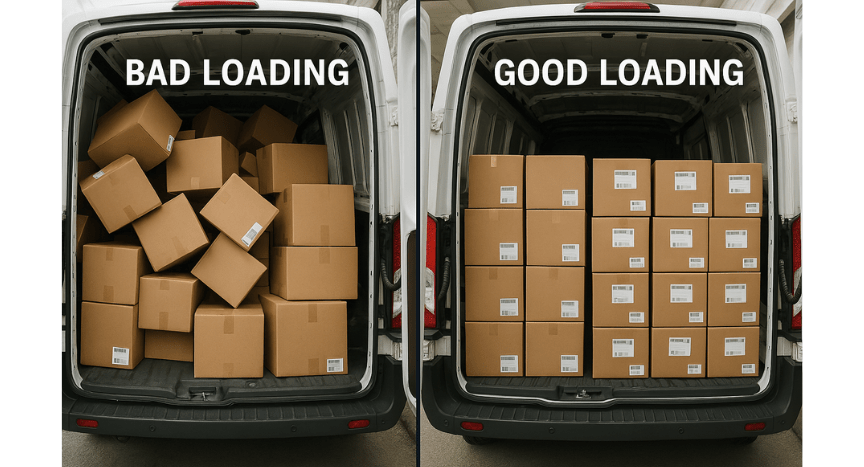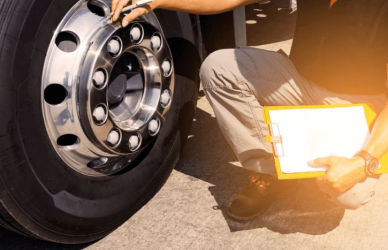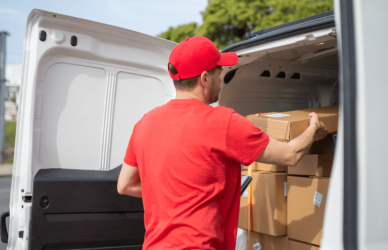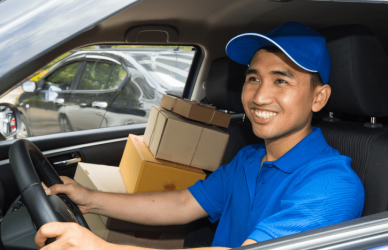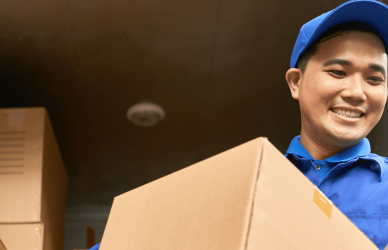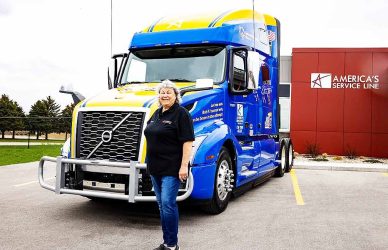When you’re delivering dozens — or even hundreds-of packages a day, every second counts. One of the easiest ways to save time on the road is to load your delivery vehicle the smart way.
Whether you’re driving a cargo van, box truck, or personal vehicle for last-mile deliveries, how you load your vehicle can directly impact your speed, accuracy, and sanity during a shift. Here’s how to maximize your space and keep things moving, one stop at a time.
Why Loading Strategy Matters
Loading packages isn’t just about tossing boxes in the back and hoping for the best. A poorly loaded vehicle means more time spent digging around, rearranging packages, or backtracking on your route. That adds up to lost time, wasted energy, and a higher risk of missed or incorrect deliveries.
A strategic loadout keeps things flowing and helps you:
- Move quickly at each stop
- Reduce physical strain
- Avoid costly delivery errors
- Stay calm and focused on long shifts
1. Group Packages by Route Sequence
This is the golden rule for loading: match your load to your route. If your stops go from A to Z, your packages should be loaded in reverse order — Z in the back, A closest to the door. That way, you’re not climbing over everything to get to the next box.
If you’re using route-optimization tools (like Circuit Route Planner or Onfleet), build your route first, then load your van based on the stop order.
Pro Tip: Divide your space into sections that correspond to the front, middle, and rear sections of your route. This makes each stop easier to manage and cuts down on confusion.
2. Label Facing Outward and Upward
Always place packages so that labels and barcodes are visible as soon as you open the door. That small adjustment can save you precious seconds at every stop.
If your vehicle has shelving or bins, use them to line up smaller packages with the label facing out. For loose floor stacking, lay boxes flat or at an angle where labels face up and toward the door.
Time-saver: Use color-coded tape or sticky notes to tag high-priority or timed deliveries. You’ll spot them faster without having to dig.
3. Separate Fragile or Oversized Packages
Nothing kills momentum like stopping to re-stack boxes or shift around a bulky item that was buried. Designate a zone (usually near the side or rear door) for:
- Oversized items
- Fragile boxes
- Signature-required packages
That way, you’re not slowing down at a busy stop trying to wedge something out from under a mountain of smaller boxes.
According to UPS, one of the primary causes of breakage is improper stacking or shifting of packages during transit. Load heavy, sturdy boxes on the bottom and keep fragile items separate to avoid rework or damage claims.
4. Use Bins or Totes to Keep Packages Contained
Loose boxes shift. Totes don’t. Using plastic bins or canvas totes to group packages by block, neighborhood, or building can help keep things tight and tidy.
This is especially useful for:
- Apartment complexes
- Business parks
- Shared drop zones (like lockers or front desks)
Bins make unloading faster, especially when you’re making multiple drops in one spot.
Bonus Tip: Label each bin by stop number or street name with painter’s tape and a marker. It’s cheap, easy to update, and makes your load more readable.
5. Leave Yourself a Clear Path
It’s tempting to fill every inch of space, but if you can’t move safely inside your vehicle, it’ll cost you more in time and comfort. Leave a narrow aisle or step path so you’re not tripping over boxes or climbing on top of them.
If your vehicle has rear and side access, take advantage of both and load based on how you plan to enter or exit.
According to FedEx Ground driver manuals, injuries often happen when drivers have to climb awkwardly over cargo or twist to grab unreachable packages. A clean path isn’t just efficient — it’s safer.
6. Keep Essentials Easy to Reach
You don’t want to dig for your scanner, water bottle, or lunch. Keep your personal essentials up front or in a designated side pouch, especially if you’re driving solo.
Store these items within arm’s reach:
- Scanner or phone mount
- ID or building access cards
- Pens and delivery notes
- First aid kit
- Snacks and hydration
Small time-saving habits add up to fewer delays, better focus, and a smoother route overall.
The way you load your vehicle sets the tone for your entire shift. A little planning at the start can mean less frustration, faster stops, and fewer mistakes down the line. And when you’re on a tight route, those small wins matter.


